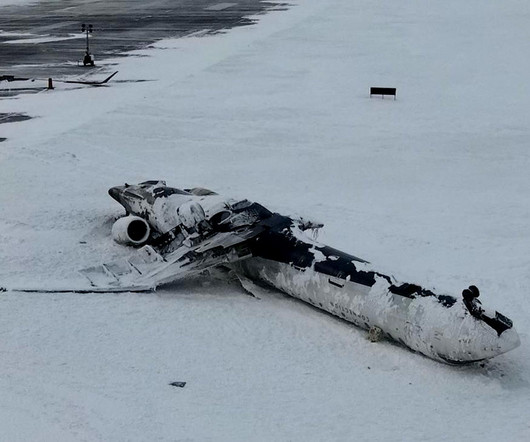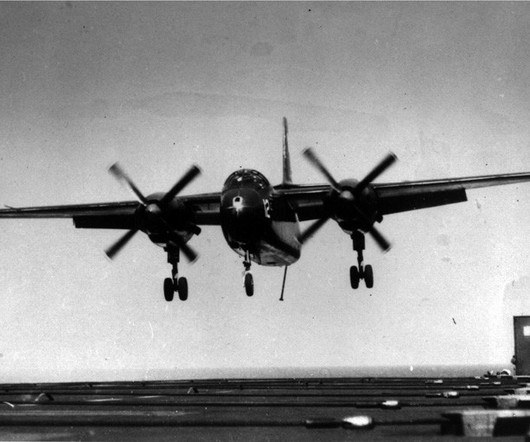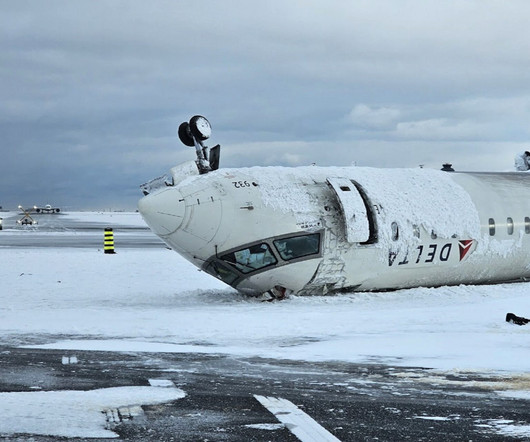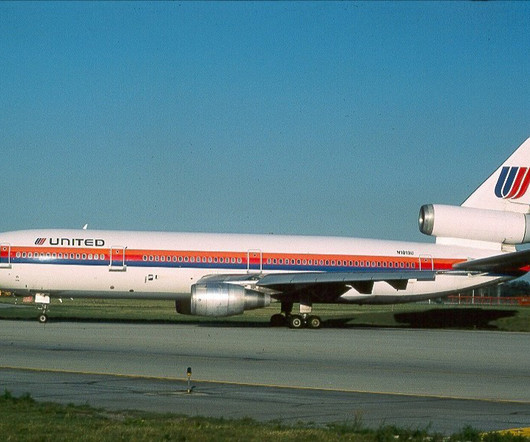Delta CRJ-900 Accident In Toronto: Preliminary Report Published
One Mile at a Time
MARCH 20, 2025
Obviously it was gusty, but if youre not able to stabilize an approach, thats when a go around would ordinarily be performed. degree bank Two seconds before touchdown, the planes bank angle to the right increased, to 5.9 degrees to the right, and a rate of descent of 1,110 feet per minute The plane touched down at a bank angle of 7.5















Let's personalize your content